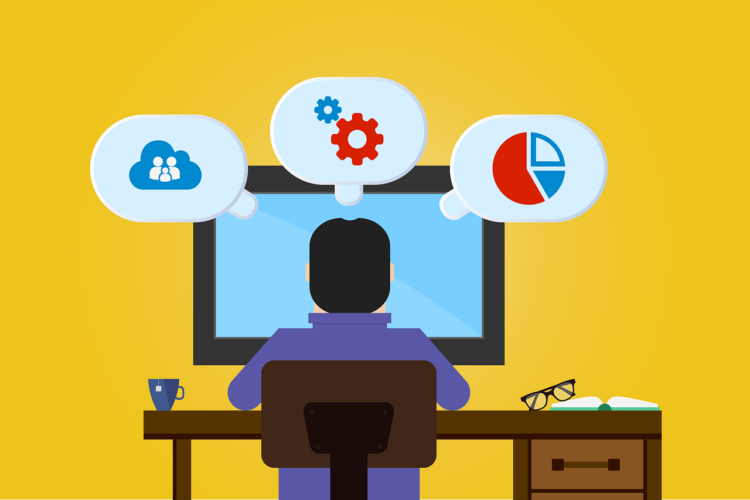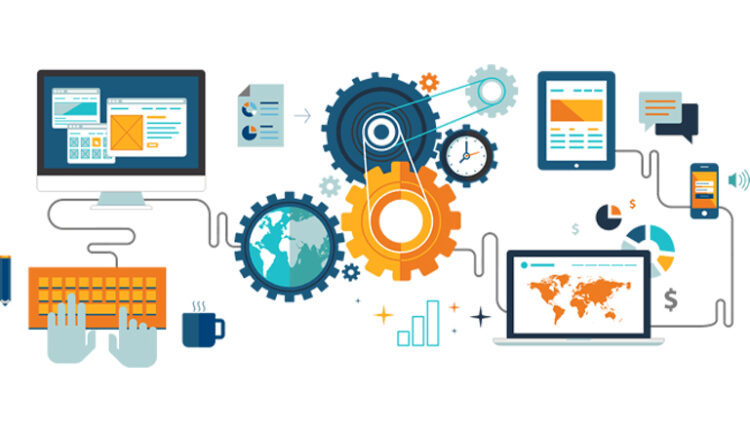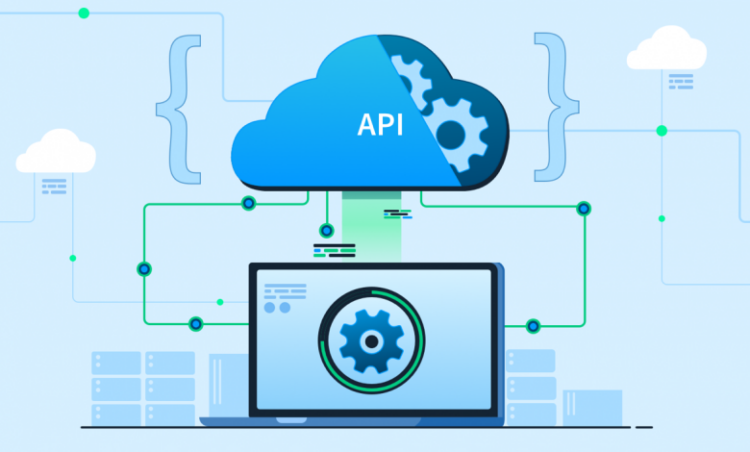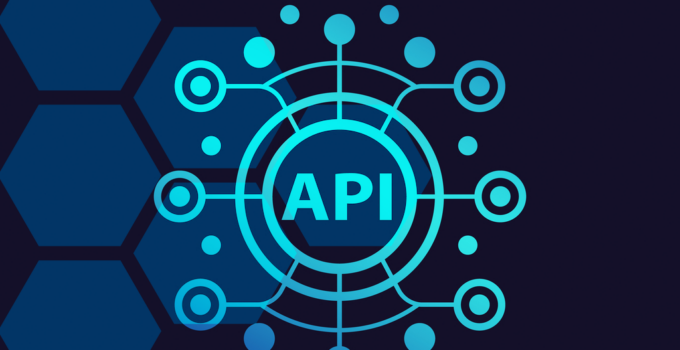API integration sounds technically complex and even a little intimidating for non-software developers. In reality, however, API integration is an understandable, foundational subject and something every business owner needs to grasp to better use their business software apps, plus understand how those apps work so well together.
Today, let’s break down five key things you need to know about API integration.
Page Contents
API Stands for “Application Programming Interface”

img source: businessapac.com
An application programming interface connects different applications or software programs together so they can perform a function, complete an objective, or share data depending on one’s needs. APIs themselves are broken down into three elements:
- Procedures, which are also called routines. These are the functions or tasks a program is written to perform
- Protocols, which are programming language formats that communicate data between different applications
- Tools, which are components necessary for constructing new programs or editing existing programs
Applications, of course, are any of the enterprise or business applications or software programs that you use to:
- Gather customer data
- Put in sales orders
- Chat with customers
- And much more
Think of an application programming interface as the window through which programs can speak to each other and through which software developers can control or change an application’s behavior.
There are 3 Main Types of APIs

img source: codetober.com
While there are APIs for practically any need or for partnering any pair of software applications, there are only three main types of APIs. Each API type performs a similar function to the others, but there are some key differences to keep in mind.
REST APIs, sometimes called RESTful APIs, are important so developers can receive responses or perform requests using HDTV functions. For example, if you use Instagram to search for a specific influencer or for a given user, you use a REST API.
Then there are SOAP APIs. SOAP stands for simple object access protocol. SOAP APIs offer additional security and are frequently used for applications that interact with financial institutions or databases.
Last are RPC APIs, which were the earliest form of APIs ever developed. They execute code commands or blocks of code on different servers. Many of these form the web APIs we rely on every day.
Each of these APIs can be used to integrate different software apps or programs.
API Integration is Great for Business Growth

img source: growthforce.com
As far as your business is concerned, API integration is fantastic for scaling your business over time. With the right API integrations, you don’t have to design or build custom software programs for your business.
Instead, you can rely on API integrations to translate the data your business has already collected and use it with existing, cloud-based software programs. In this way, you can grow your business more quickly since you don’t have to build the tools necessary for that growth from scratch.
API integration serves businesses from small to medium sized businesses all the way up to larger corporations. When you need a tool, API integration allows you to use that tool seamlessly and easily. There’s a reason many e-commerce sites use API integrations frequently. Web stores, for example, use order management systems that process shipping orders. They leverage API integrations so they can access the servers and databases for their customer data, inventory levels, and much more.
API Integration Allows Automation for Business Processes

img source: webflow.com
Furthermore, API integration allows business processes to be automated, streamlined, and made more accurate simultaneously.
Simply put, API integration lets your business exchange data and communications with other businesses, software programs, etc. By doing this, you can rest assured that the data transferred between your organization and other organizations or apps is accurate and true. More importantly, the automated data transfer happens at lightning speed.
You don’t have to wait for a human to transfer data or communicate with another human operating a separate program. It all happens practically instantaneously, and with very little margin for error.
Cloud-Based API Integration is Becoming More Common

img source: pctechmag.com
In the near future, you’ll see even more cloud-based API integrations and likely use them for your business. Since more businesses now use cloud-based applications and products, those organizations have to use API integrations to ensure that their data and in-house programs can communicate with those cloud-based apps seamlessly and efficiently.
Cloud-based API integration is further beneficial because it oftentimes leads to enhanced security. For example, a cloud-based cybersecurity team can use API integrations to double-check data fidelity, ensure that the data can’t be stolen by hackers, etc.
Ultimately, API integration is only going to become more of an important part of modern software apps. Now that you know more about API integration, you can use it for your own enterprise and make sure that your business apps connect together to gather and analyze customer data, launch effective marketing campaigns, and much more!





